video credits: Danny Winget via Youtube
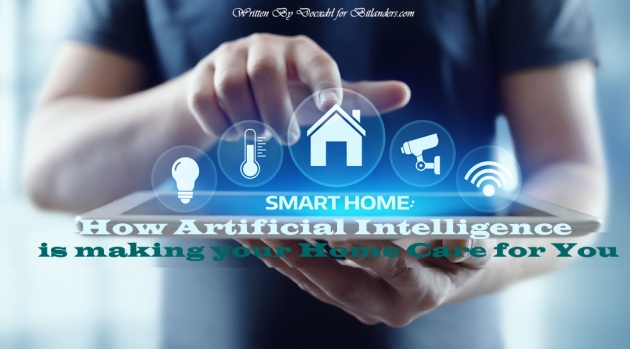
Smart Home: How Artificial Intelligence is making your Home Care for You Image edited by Docxdrl via Bitlanders
Technology is getting smarter, buildings are expected to get smarter as well alongside technology. Smart-buildings are homes, offices or factories that have embedded systems with smart features like energy management, self-sustainability, security control etc in making the house a smart home for its occupants without direct input from the home occupant. And this is made possible by Artificial Intelligence.
Artificial intelligence is making its mark on everything, from revolutionizing industrial operations to making homes smart. It is only a matter of time before you home become smarter than you and start taking care of your needs. Imagine your refrigerator creating your shopping list for you, or just informing you about products that are about to expire.
Just imagine you telling your car to take the wheels because you are feeling drowsy and should wake you up when it parks itself in the garage of your home. This all sound like a sci-fi movie yes? I’m sorry; this is the reality we are witnessing today.
People naturally want to feel snug, live like a king or a queen with servants at every turn coming to their aid for everything needed to enjoy life to its fullest. Only a few a born with these luxuries, but with few lines of codes, Internet of Things (IoT) and smart home idea, living comfortably is achievable!
In order to achieve a dream life within the confines of your home, significant automation of process within and outside the house must take place. The world is geared towards smart home care via advancement in technology.
With the advancement in technology, intelligent homes with more benefits are a reality. These homes are equipped with all the requirement one may need to live comfortably via the touch of a button on a phone or via voice command.

Image credits: loxone
Smart home voices commands will soon take over touch in homes to give rise too better and technological advancement homes.
Behind the curtains of every smart home lies the working principles of the house. This is the combination of three technologies working in synergy with one another to produce a favourable environment within the home for its occupants to enjoy life in its fullest.
These technologies are sensors, connectivity and artificial intelligence. The technological advancement in microchips has always been the frontier for exploring the field of sci-fi in technology. And these have open more doors on the uses of sensors.
What is a Sensor?
In the broadest definition, a sensor is a device, module or subsystem whose purpose is to detect events or changes in its environment and send the information to other electronics, frequently a computer processor. A sensor is always used with other elements
Source Wikipedia
A sensor is a device that deals with the sense of touch, change in environmental parameters like temperature, humidity, or measure liquid heats like thermostats etc.
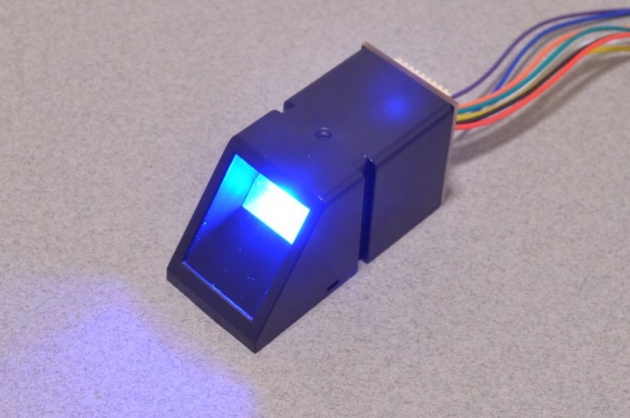
image credits: bc-robotics
It is best to understand that there are different kinds of sensor and they are classified according to their functions. As we are discussing homes, we shall limit ourselves to sensors in homes like temperature sensor
We have three temperature sensors in our conservatory. These allow a local slave processor to determine the temperature gradient from floor to ceiling and to then operate the ceiling fan speed accordingly. Our home control systems occupancy and presence capability ensures that the fan only spins at low speed when the room is occupied (it can blow a gale!) for great user experience
Source Samartisant
Sensors are connected in such a way that they are capable of recognizing the conditions the homeowner likes and set the living condition of the home within that parameters even before been told to do so!
What is Connectivity?
Connectivity in smart homes is growing rapidly. Thanks to the Internet of Things (IoT) and the advancement of wireless networks. Therefore, as connectivity grows, it is expected to plunge the world into the Internet of Things explosive boom. Connectivity is enhancing how we perceive our homes. Thus connectivity
In general terms, connectivity is the ability to connect systems or applications programs. Ideally, these connections are established without requiring many changes to the applications or the systems on which they run. Applications programs may need to communicate with each other to complete transactions or effectively balance resources at an installation
The introduction of 5G wireless communications is expected to aid the connection of billions of devices, cars and other infrastructure that will eventually lead to turning the home into s smart home.
When all appliance in the home is interconnected with the Internet of Things, it will envelop the home into a system of connected devices; Smart Home. A system of devices communicating with one another and helping to bring about cosy feeling in the home.
What is Artificial Intelligence?
Artificial Intelligence has been Bitanders Theme for a couple of months now and we have written so much about AI.
After the successful launch of ‘The Bitlanders C-blogging’, conversational AI blogging by Querlo powered by IBM Watson and Microsoft Azure. Bitlanderrrs continues to support its joint venture Querlo. We believe in our mission to promote our future-Artificial Intelligence (AI)-and build AI conversations via blogging, here we are introducing “Bitlanders AI-Theme blogging
In theory, Artificial Intelligence is the development of a computer system able to perform task normally for human beings intellect.
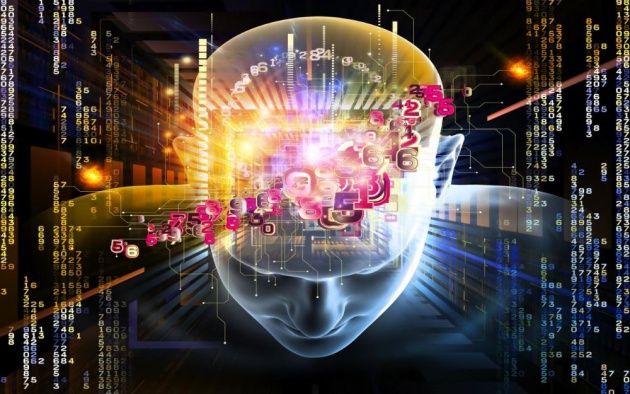
image credits: 6iee
In computer science, artificial intelligence (AI), sometimes called machine intelligence is intelligence demonstrated by machines in contrast to the natural intelligence displayed by humans. Colloquially, the term ‘artificial intelligence’ is often used to describe machines (or computers) that mimic ‘cognitive’ functions that humans associate with the human mind, such as ‘learning’ and problem-solving
Source Wikipedia
Sensors, Connectivity and Artificial Intelligence
The era of sensor technology is here to stay. Today homes are loaded with more sensors to make them smart homes, proximity sensors, temperature sensors, and other weak AI in the home. As such;
As more devices get linked to the internet, connectivity is growing exponentially, and getting extended to an appliance such as television and other appliance. For connected Internet of Things (IoT) devices to work, they need to have a common language for interaction and data exchange, regardless of the type of device and wireless connection networks
Source: Yourstory
Therefore, as devices are getting connected through common standards, they are yielding to the realization of IoT that facilitates the smart home functionality, style, comfort, safety, and the ideal home based on the smart home technology that is capable of understanding the needs of the homeowner and making them available beforehand.
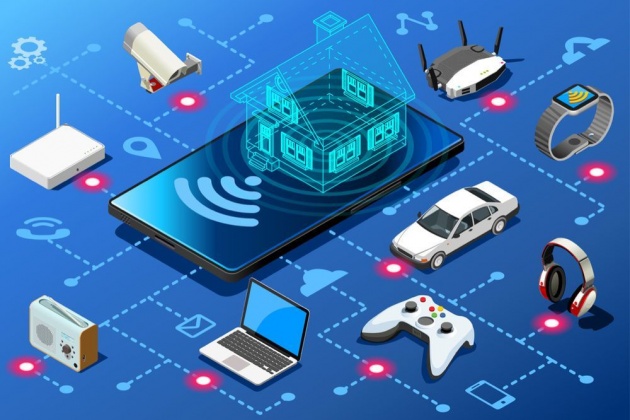
image credits: threatpost
Artificial Intelligence is already part of the daily many products we use in the home. Its presence is obvious that it is adding true values to our life by bringing benefits and remaining out of sight.
One of the most interesting things about artificial intelligence is its ability to influence our decisions, satisfy our ego without us realizing it is doing so in our lives. AI has the capacity to perform a specific task within the parameters of its design because machine learning is another sub-set of artificial intelligence. It is now clear that machines depend on sensors, memory and connectivity to communicate together for making a home, a Smart Home.
Basically, when it comes to Smart Homes they are built on the fact that machines can communicate with another appliance in the home, via internet connectivity to stimulate AI achievement by providing a conducive environment for human habitation.
Smart Homes are Living and Learning Every day
Smart homes are built on sensors that regulate the home temperature, humidity or even the home lightening, thus Artificial intelligence in the home is moving from strength to strength and learning every second how to become smarter.
Imaging before coming back from your working place, a warm bath is waiting in the bathtub, the living room already in the right temperature and the Pizza guy already on route for delivery. All these are made ready by AI in the smart home.
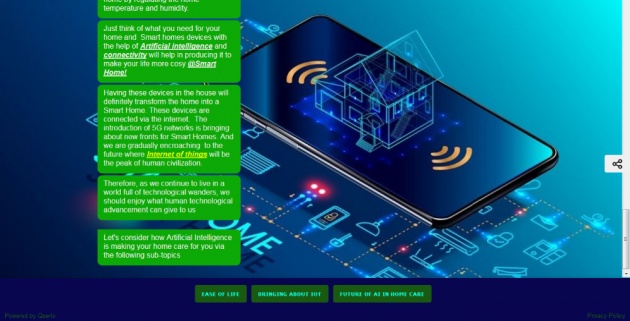
image credits: Docxdrl via Querlo chat
With the connections of more devices in the home, AI will learn more about how it can function within a diverse and changeable environment, for the betterment of the family on request or by automation.
As artificial intelligence becomes increasingly sophisticated thanks to the advancement in computing power of available machines learning tools and the machines learning from one another, it is possible to create advanced algorithm so that machines can keep iterating their programs to create Artificial Neural networks (ANN)
And gradually a self-learning algorithm for smart homes will eventually be possible and AI might soon be capable to manage the affairs of a smart home without the interference of the people in the home directly or indirectly.
The ultra-fast and ultra-low latency connectivity of 5G networks with all devices within a smart home is enabling the full potentials of Internet of Things (IoT) by the decision-making capabilities of Artificial Intelligence (AI) technologies to assume the potentials of living and learning every day (achieving in a sense something close to being a sentient)
Please chat with me via Qeurlo chat on full screen
This is delivering improved decision-making for allowing the smarts homes the ability to learn, adapt, improve via user preference in the home which results in a fully alive-like AI in the home.
How Smart Homes are Caring for You
When the idea of a smart home was first written by Ray Bradbury (1920 to 2012) titled There Will Come Soft Rains and published in 1950, I’m sure the idea was shoved under a carpet in the office somewhere because it is an idyllic post-apocalyptic peaceful and beautiful world that could not be realized. I beg to to be heard that this same idea is gradually becoming reality!
Image a home where your coffee is cooked by 7:20 am in the morning and that soft voice at exactly 7:30 am telling to wake up because your coffee is ready, your bathing water in the bathtub is set at the right temperature based on the atmospheric conditions of the day and the curtains in your bedroom are already drawn so sun rays can aid you waking up in the morning.
These are made available not by your house-help, spouse, or some hired random stranger in the home, but by an Artificial Intelligence that is programmed to read the conditions surrounding you and your home, to make the necessary adjustment so you can live your life to the fullest.
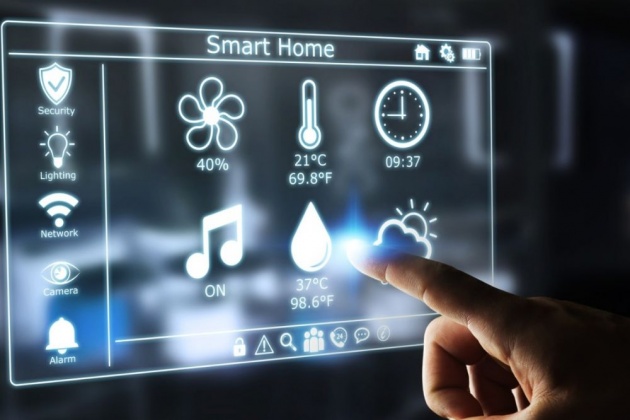
image credits: scmp
It does not just stop at making the necessary adjustment, but prioritizing your work schedules, setting time for grocery store shopping by creating a list of items, based on the content of your refrigerator etc.
Currently, smarts homes today are about remote mobile control, automated lights, automated thermostat adjustment, schedules appliances operations and remote video surveillance. But this is so we can keep up with our business travels, children schools schedules, social activities to enable convenience, safety control, and 24/7 high level technological induced favoured conditions.
What Does the Future of Sensors, Connectivity and Artificial Intelligence hold?
On daily basis domestic appliance are changing, new technology is evolving, new home designs are emerging and merging with technology to home automation called Smart Homes where everything is interconnected and remotely controlled via the touch of a button or voice command.
Embedding appliance with the capacity to be interconnected and robots with programs that allow them to have artificial intelligence brings more benefits to our homes.
video credits: Karl Conrad via Youtube
In the not so distant future, the result of sensors, connectivity and artificial in harmony will be a better experience and fulfilled life for individuals at their homes and the world at large.
On A Final Note
Smart homes as the name implies are homes embedded with technology that makes life and living in such homes easier and comfortable to a point of feeling cosy.
For the home to be smart, it must run on sensors, connectivity and artificial intelligence. The combination of these technologies in the home makes the homes a smart home.
We are looking at a future more advanced than what we have, a future where life and all it’s benefits will be at the touch of a button or just via voice command.
Feel free to check other Blog post in same category
[Artificial Intelligence] How the Internet of Things (IoT) is changing the World
How Artificial Intelligence is changing the future of Military Warfare
You are welcome to come JOIN US



